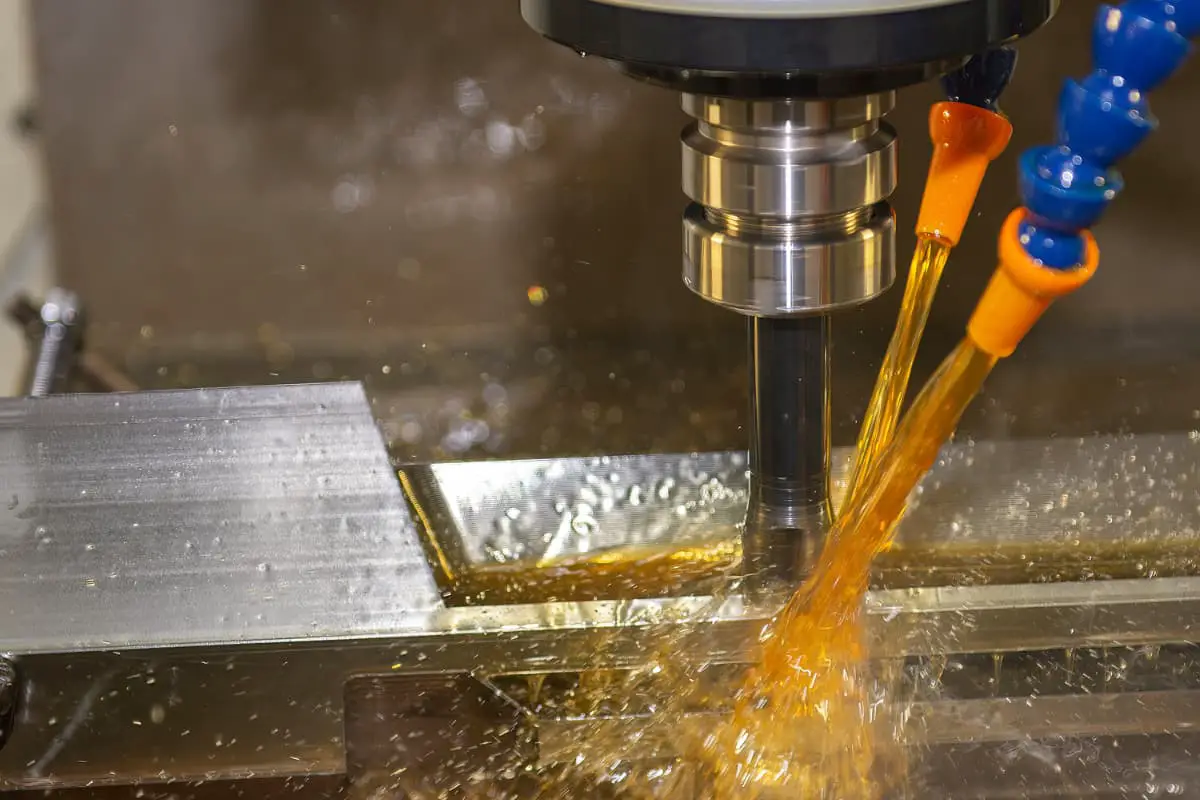In metal cutting processes, the appropriate selection of cutting fluids can improve the friction conditions between the workpiece and the tool, reduce cutting forces and lower cutting temperatures, minimize tool wear, reduce workpiece thermal deformation, thereby enhancing tool life, productivity, and surface quality. Cutting fluids serve functions such as cooling, lubricating, cleaning, chip removal, and corrosion control.
Types of Cutting Fluids
The most commonly used cutting fluids in production are aqueous solutions, emulsions, and cutting oils.
(1) Aqueous Solutions
Aqueous solutions primarily consist of water, supplemented with rust inhibitors, cleaning agents, and oil additives. Their primary function is cooling.
(2) Emulsions
Emulsions are a blend of mineral oil, emulsifiers, and other additives with water, resulting in a milky white or semi-transparent liquid. Low-concentration emulsions primarily function as coolants and are used in rough machining and ordinary grinding operations. High-concentration emulsions provide excellent lubrication and are suitable for finish machining.
(3) Cutting Oils
Cutting oils are usually mineral oils, with a small portion being plant or animal oils or composite oils, primarily serving a lubricating function. Pure mineral oil cannot form a robust lubricating film on the friction interface, thus offering poor lubrication. In practical applications, oil additives, extreme pressure additives, and rust inhibitors are often added to enhance lubrication and rust prevention.
Selection of Cutting Fluids
(1) Based on Workpiece Material
When machining ductile materials like steel, cutting fluids are needed. For brittle materials such as cast iron and bronze, cutting fluids are generally not used. For machining difficult-to-cut materials like high-strength steel and high-temperature alloys, cutting oils or emulsions should be chosen.
When machining copper, aluminum, and their alloys, sulfur-containing cutting fluids cannot be used due to their corrosive effects, but emulsions or kerosene can be employed. When machining magnesium alloys, aqueous solutions should not be used to prevent ignition.
(2) Based on Tool Material
High-speed steel tools have poor heat resistance and should generally be used with cutting fluids. Carbide tools have good hot hardness and are heat and wear-resistant, and generally do not require cutting fluids.
If necessary, low-concentration emulsions or synthetic cutting fluids can be used, but they must be applied continuously and thoroughly to prevent the blade from fracturing due to uneven heating and cooling, which can cause significant internal stresses.
(3) Based on Machining Method
In operations such as drilling (especially deep-hole drilling), reaming, threading, and broaching, where the tool and the machined surface experience severe friction, emulsions or cutting oils should be used and applied abundantly. When using threading tools, gear cutting tools, and form tools, which are expensive and difficult to sharpen, and where tool life is important, extreme pressure cutting oils or sulfurized cutting oils should be used.
For grinding, which generates high temperatures and produces a large amount of fine chips and dislodged abrasive grains that can clog the grinding wheel and cause burn marks on the workpiece, a cutting fluid with good cooling and cleaning ability, such as synthetic cutting fluid or low-concentration emulsion, should be used.
When grinding stainless steel and high-temperature alloys, a synthetic cutting fluid or high-concentration emulsion with good lubrication should be chosen.
(4) Based on Machining Requirements
During rough machining, when a large amount of metal is removed and cutting temperatures are high, a cutting fluid with good cooling ability should be chosen. During finish machining, where the primary goal is to improve machining accuracy and surface quality, a cutting fluid with good lubrication should be selected.

